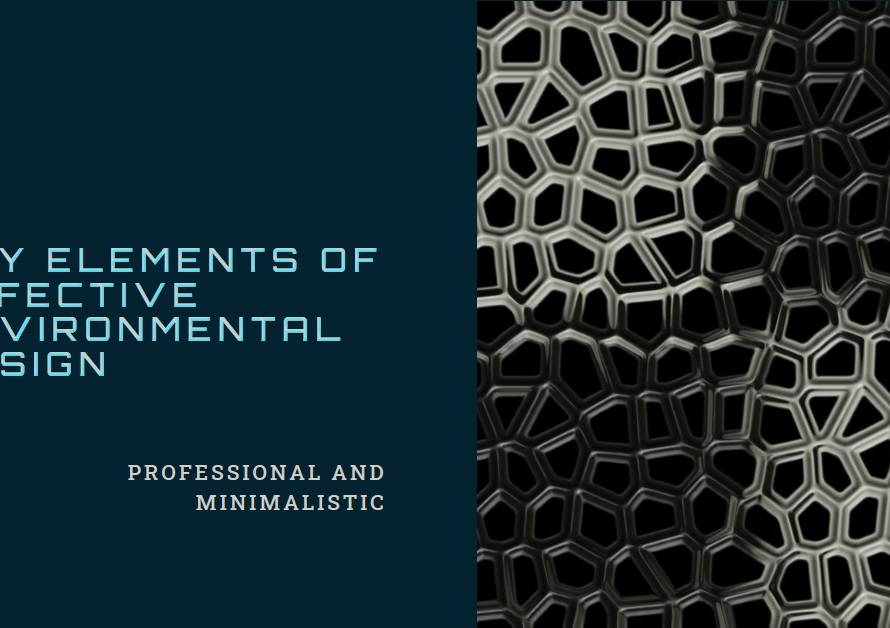
Table of Contents
Designing a modern contemporary house is a fusion of sleek aesthetics, functional elegance, innovative materials, and sustainable practices. It embodies clean lines, open spaces, abundant natural light, and a seamless blend of indoor and outdoor living. In this comprehensive guide, we will delve into professional strategies, design principles, innovative ideas, and sustainable concepts to help you create a stunning modern contemporary house that reflects timeless style, cutting-edge technology, and environmental responsibility.
1. Embracing Minimalist Foundations of a Modern Contemporary House
The foundation of a modern contemporary house lies in minimalist principles. Embrace clean lines, geometric shapes, and uncluttered spaces to create a sense of openness and simplicity. Use neutral color palettes such as whites, grays, and earth tones as the backdrop, allowing architectural elements and design features to stand out effortlessly.
2. Incorporating Sustainable Design Elements
Integrate sustainable design elements and eco-friendly materials into your modern contemporary house. Opt for energy-efficient windows, insulation, solar panels, and smart home systems to reduce energy consumption and minimize environmental impact. Incorporate passive design strategies such as natural ventilation, daylight harvesting, and green roofs or walls to enhance thermal comfort and indoor air quality.
3. Maximizing Natural Light and Views
Design with a focus on maximizing natural light and capturing scenic views. Use large windows, floor-to-ceiling glass walls, skylights, and clerestory windows strategically to invite abundant daylight into interior spaces while creating a seamless connection with outdoor landscapes. Orient living areas, bedrooms, and common spaces to optimize sunlight exposure and capitalize on natural vistas.
4. Open Concept Living Spaces
Create expansive, interconnected living spaces with an open concept layout that promotes fluidity and interaction. Combine living, dining, and kitchen areas seamlessly to facilitate social gatherings, family bonding, and functional flexibility. Use architectural elements like sliding glass doors, movable partitions, or pocket doors to delineate spaces while maintaining visual and spatial continuity.
5. Incorporating Innovative Materials and Finishes
Explore innovative materials and finishes to add texture, depth, and visual interest to your modern contemporary house. Incorporate materials such as exposed concrete, steel, glass, wood veneers, polished metals, and natural stone in architectural features, flooring, cabinetry, and accent walls. Balance contrasting textures and finishes to create a harmonious yet dynamic design palette.
6. Integrating Smart Home Technology
Integrate smart home technology seamlessly into your house design to enhance comfort, convenience, and efficiency. Incorporate smart lighting systems, climate control, security systems, automated blinds or shades, and entertainment systems that can be controlled remotely via mobile devices or voice commands. Design dedicated spaces for home offices or media rooms with integrated connectivity and technology infrastructure.
7. Creating Outdoor Living Spaces
Extend living spaces outdoors with carefully designed outdoor areas that complement the modern contemporary style. Design spacious decks, patios, terraces, or courtyards equipped with comfortable seating, dining areas, fire pits, water features, and greenery. Blur the boundaries between indoor and outdoor spaces with large sliding doors or folding glass walls for seamless transitions and enhanced connectivity with nature.
8. Prioritizing Functional and Stylish Furniture
Select furniture pieces that blend functionality with sleek, contemporary style. Choose minimalist furniture designs with clean lines, geometric shapes, and a focus on comfort and practicality. Opt for modular or multifunctional furniture pieces that maximize space utilization in smaller areas while offering flexibility for different activities and arrangements.
9. Harmonizing Interior Design Elements
Harmonize interior design elements such as color schemes, textures, lighting fixtures, and decor accessories to create cohesive visual narratives throughout your modern contemporary house. Balance neutral tones with pops of bold colors or accent hues in furniture, artwork, or decor items to add personality and vibrancy to spaces. Use statement lighting fixtures as artistic focal points that complement the overall design aesthetic.
10. Engaging with Nature and Landscape Design


Integrate landscape design elements that enhance the modern contemporary appeal of your house while promoting sustainability and ecological balance. Design native plantings, drought-resistant gardens, green walls, or rooftop gardens that harmonize with the natural surroundings and contribute to passive cooling, biodiversity, and visual aesthetics. Create outdoor lounging areas, zen gardens, or water features that invite relaxation and connection with nature.
By incorporating these professional design principles, innovative concepts, sustainable strategies, and technological advancements, you can create a modern contemporary house that not only embodies cutting-edge design but also fosters comfort, sustainability, and harmonious living for its inhabitants. Collaborate with architects, interior designers, and landscape architects to bring your vision to life while ensuring functional excellence, aesthetic appeal, and environmental responsibility in every aspect of your house design.


